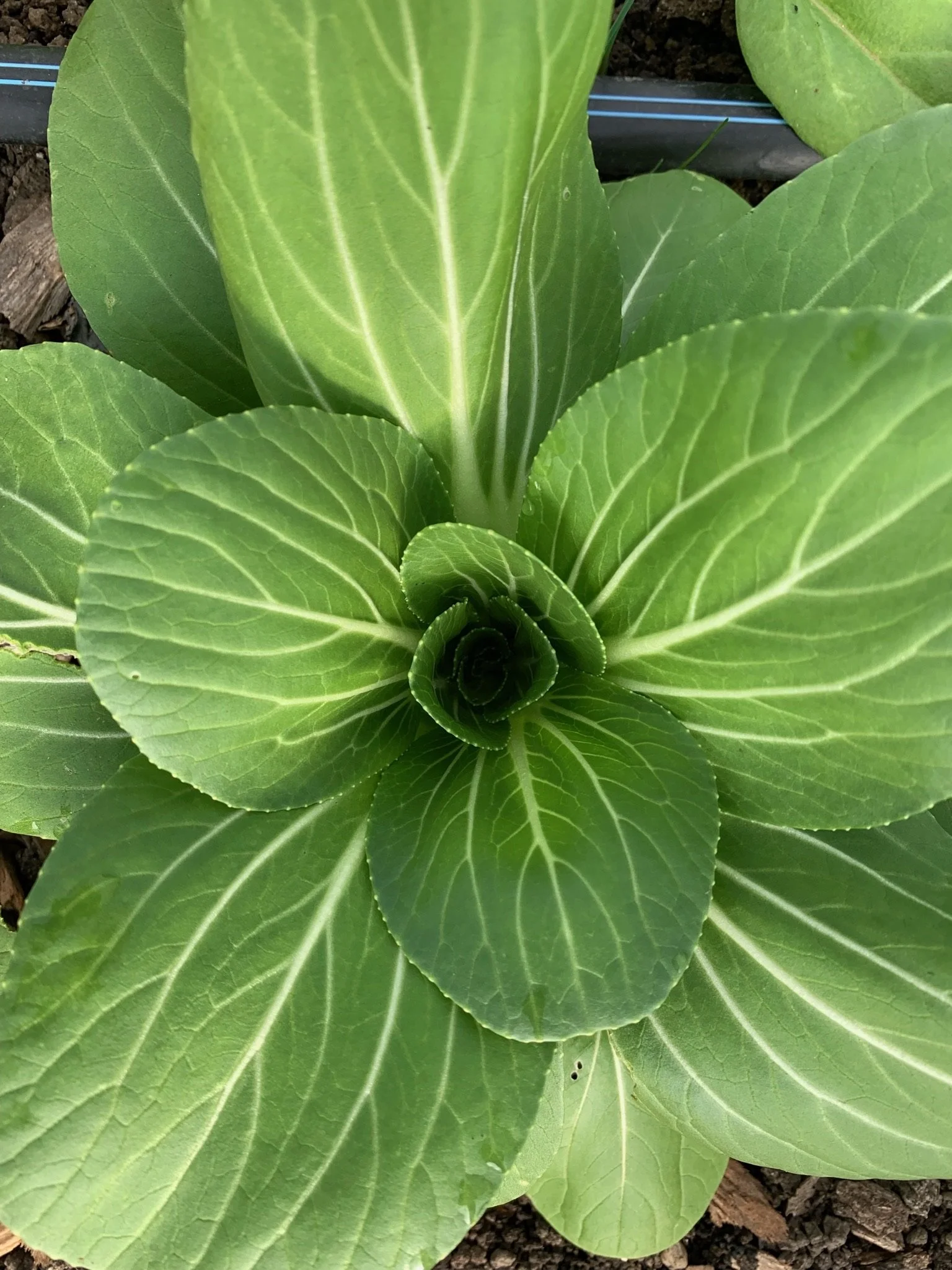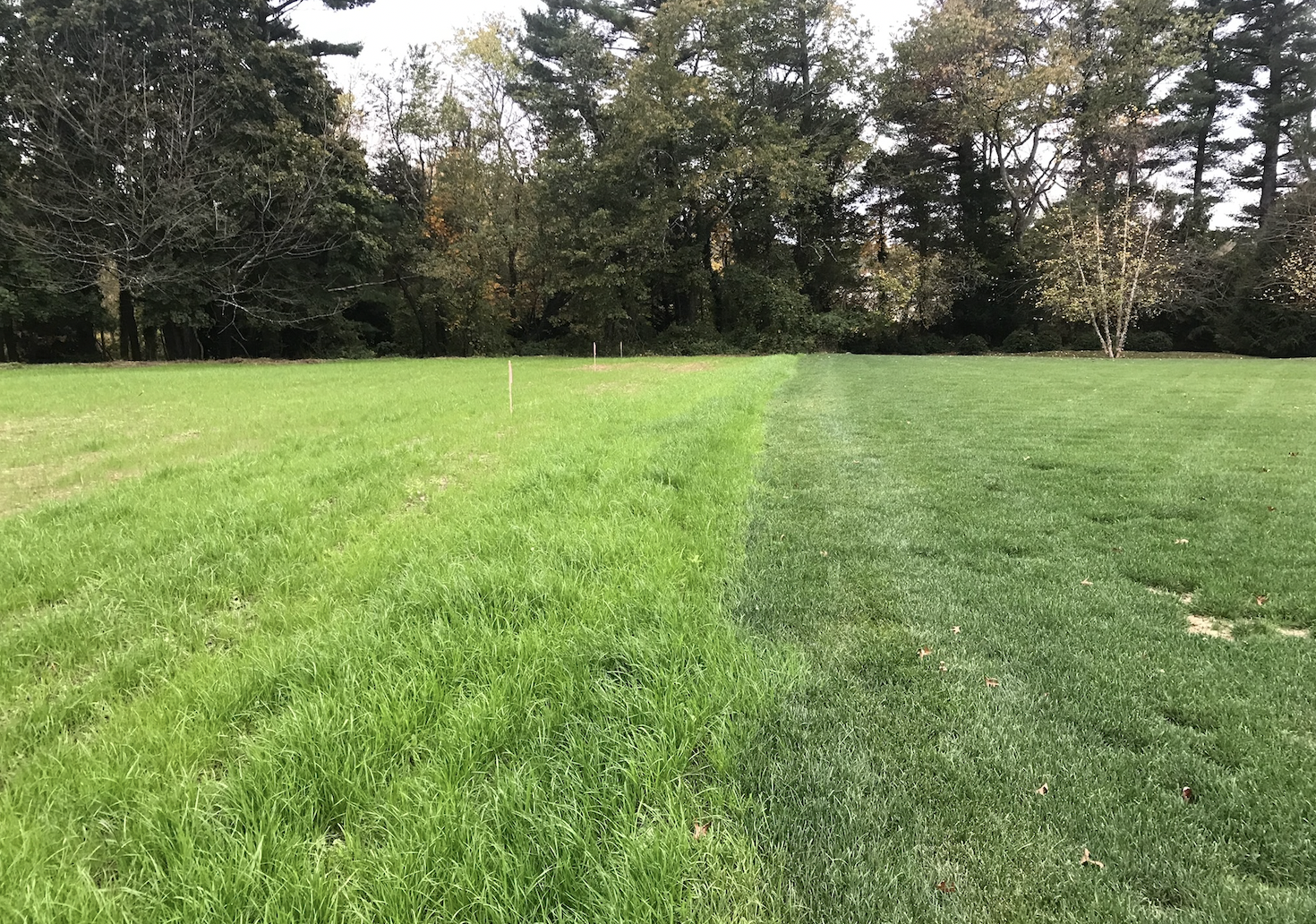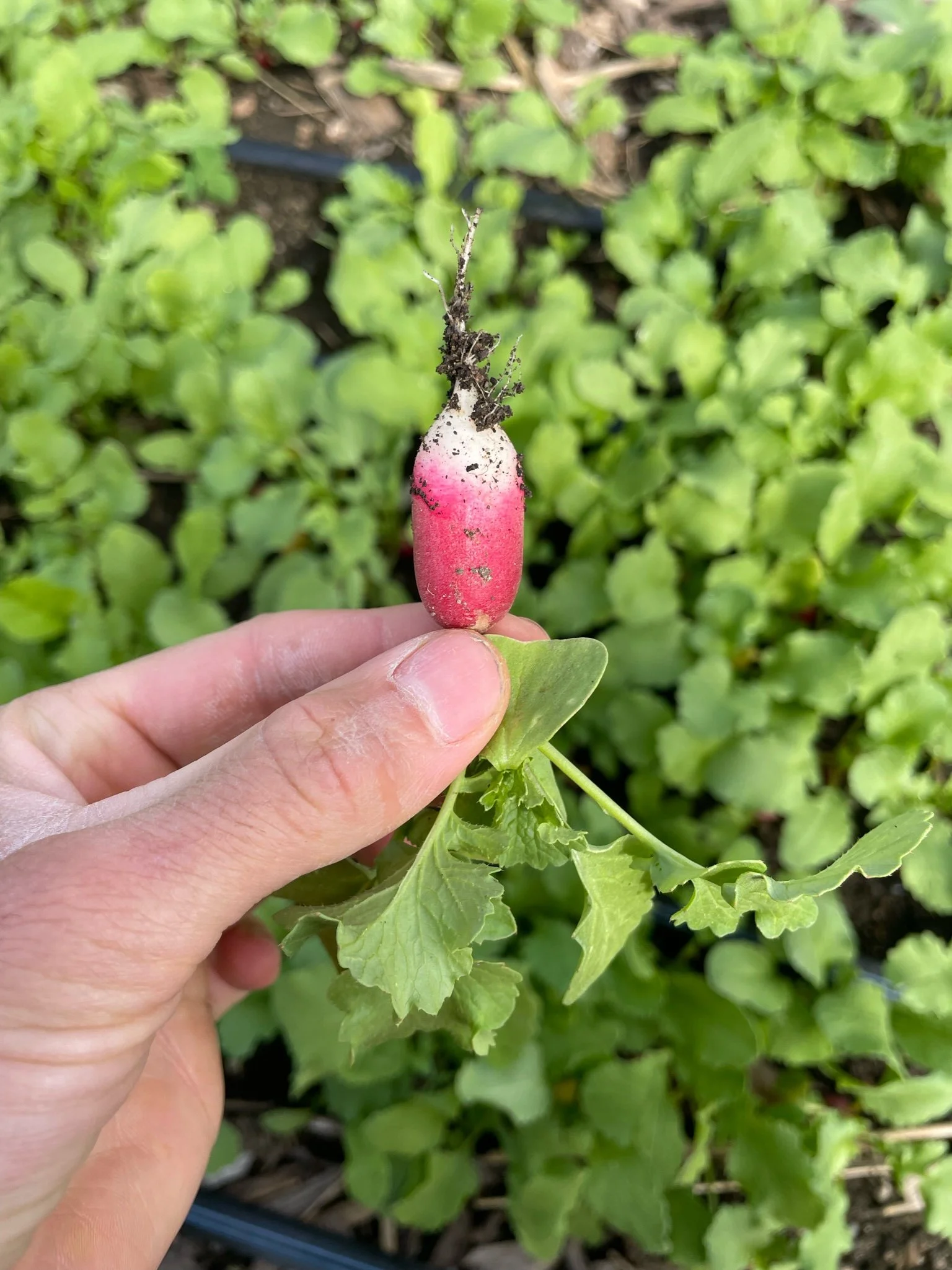From the Ground Up: A Couple Basics of Biodynamics
We often hear the question… what is biodynamics? Although there are many ways to answer this question, we will answer it from a practical agricultural perspective.
Biodynamic agriculture was born out of the vision of Rudolf Steiner, an Austrian thinker, in a series of lectures given to farmers in 1924. These farmers were desperate for solutions as their yields and quality of harvests were declining rapidly.
Steiner’s suggestions were quickly implemented by farmers and scientists who began experimenting and developing what we know today as the biodynamic method of farming. At the root of this movement lies the necessity of soil fertility, which is directly related to our health and vitality. As biodynamic farmers, building stable humus in our soil from which to grow nutritious food is our number one goal. Lucky for us, this is an amazing (and delicious!) reward for focusing on the health of the soil and humus.
Humus
Humus is a soil-like substance created by worms and soil biology that feed on decaying organic matter such as dead roots, mulch, cover crops, and residue leftover from harvest. One important thing to note is that humus is a colloid – a substance that doesn’t separate like oil and water, but rather like a gel or emulsion. Humus can hold nutrients within the soil together in a homogenous, stable way as opposed to, say, sand which allows both water and nutrients to flow through. Nutrients held in humus do not leach into water and therefore can be reserved for use by plants and not washed away with the rain or irrigation– it keeps nutrition where it needs to be!
Common practice in agriculture now (and during the early 1900s that Steiner and others acknowledged), is to feed plants with synthetic soluble fertilizers and heavily till the soil. This creates compaction in the soil, loss of nutrients and vitality, among other larger problems.
When humus is present, nutrients are not only held, but produced in the soil, creating a rich and nourishing foundation for plants to grow.
Sun and Humus
Plants are directly dependent on the sun. They breathe through their leaves, transpiring water that is taken up by their roots, as dictated by the sun and its daily passage through the sky, in the process known as photosynthesis.
Biodynamic grass on the left and chemically managed lawn on the right.
If the the water in the soil contains the aforementioned fertilizers dissolved in it, the plant has no other choice than to breathe up these chemicals as they photosynthesize, continuously flooding its cells with them. An excess of salt in plant tissue and cells makes the plant take up even more water, resulting in imbalanced, weakened plants lacking resilience, and highly vulnerable to pests and disease. The symptoms of fertilizer overload are observable in the dark blue-green color and heaviness of the plant.
In contrast, plants grown in humus-rich soil, are able to develop healthy and robust root systems (full of white hair-roots!) that reach out in search of nutrients. In this symbiotic relationship between root and soil, the roots are directly fed by complex interactions between fungi, bacteria, and microorganisms, and are able to draw clean water up for transpiration in a balanced way, receiving just enough of what the plant needs. These plants show an upright expression and a healthy glow-green color. Their immune systems (like ours!) are not compromised and therefore are able to grow and stay healthy, resilient, and in harmony with the soil, sun, the moon, and the cosmos.
At Valentines Farm, we are committed to growing the most nutritious, life-giving, and delicious food possible. That means consciously focusing on the health of our soil as the foundation for our plants, our animals, and the farm as a whole. Besides our flock of about 50 hens and some purchased compost, we rely heavily on green manures, mulches, and the use of the biodynamic preparations to manage the fertility of our fields. By applying biodynamic methods, we not only support the vibrancy and vitality of the farm but also of all who enjoy what we grow!
Make sure to check back next month for more in our From the Ground Up series.




